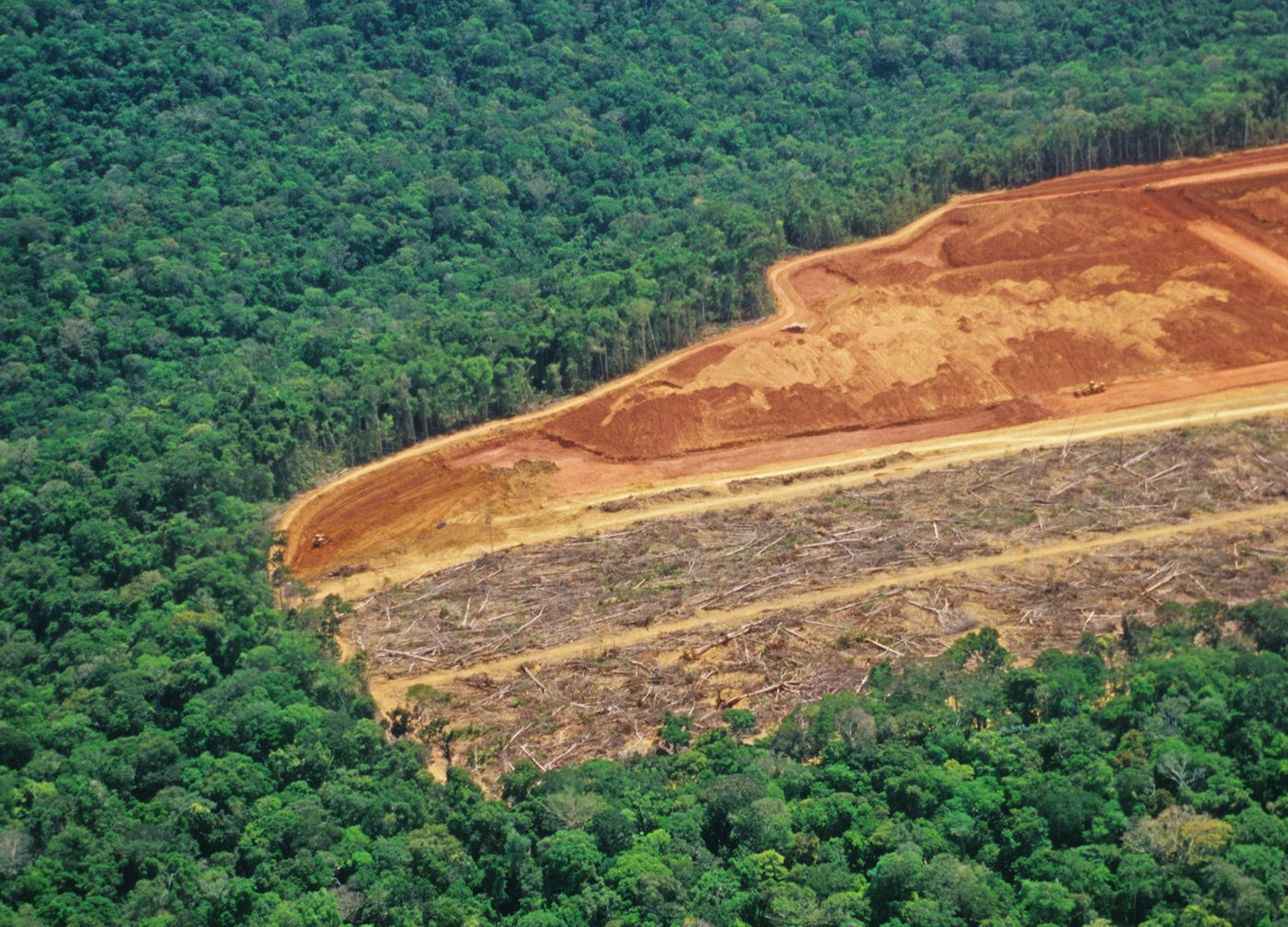The real scoop on deforestation and malaria
When malaria first became known, people ran with the strategy of cutting down all the trees. The reasoning was that mosquitoes live in the forests, so if the forests aren’t there, mosquitoes will have nowhere to live, and malaria will be curbed.
But, despite our hugely successful efforts at global deforestation, 300-600 million people still suffer from malaria every year, resulting in over one million deaths annually. Interestingly, new research published in Scientific Reports suggests that previous strategies at managing the malaria epidemic through intentional deforestation are actually rather antiquated - in fact, the research supports the hypothesis that deforestation is actually perpetuating malaria.
So how might that be? Well, deforestation creates fragmented patches of landscape, essentially making mini-forests and small sections of vegetation. The rest is just simple math: more fragments means more forest “edges,” or places where forested landscape meets non-forested landscape. Those edges are the perfect place for mosquitoes to lay their eggs - there’s just the right amount of shade. That bodes well for the larvae of Nyssorhynchus darlingi mosquitoes, which inhabit the Brazilian Amazon, where the authors of this study focused their research.
Using public databases, the research team looked at data for the deforestation patterns and malaria rates in nine different states in the Brazilian Amazon. Their results determined that impacted forest patches between 0.1 and 5 square kilometers had the highest incidences of malaria. (For their study, impacted forests referred to the sum of deforested and degraded forest patches.) “We found that areas affected by one kilometer square of deforestation produced 27 new malaria cases,” write the authors.
Another finding of the study points towards how malaria is spread. The results suggest that forest fragmentation not only creates the perfect breeding grounds for malaria, but also the perfect dispersion method, as the forest corridors that link forested and deforested areas have ample human workers carrying out logging activities. These infected humans move from place to place, acting as vectors that spread malaria to new locations. The authors note that typically there are more incidences of malaria seen during the dry season, which is when most of the logging takes place.
The authors also elaborate on how malaria impacts more the social aspects of human populations: “There was a significantly negative correlation between extraction forestry economic indices and malaria cases. Our results emphasize not only that deforestation promotes malaria incidence, but also that it directly or indirectly results in a low Human Development Index.”
The authors urge that steps must be taken in order to halt the malaria epidemic that deforestation creates. Author Leonardo Suveges Moreira Chaves touches on the “vicious cycle of deforestation, degradation, vector proliferation, extreme poverty and malaria as well as other vector-borne infectious diseases.” Better monitoring of mosquito populations, land planning, and income generation schemes for forest-dwelling communities are all potential plans that the study suggests.
Sources: Mongabay News, Scientific Reports









